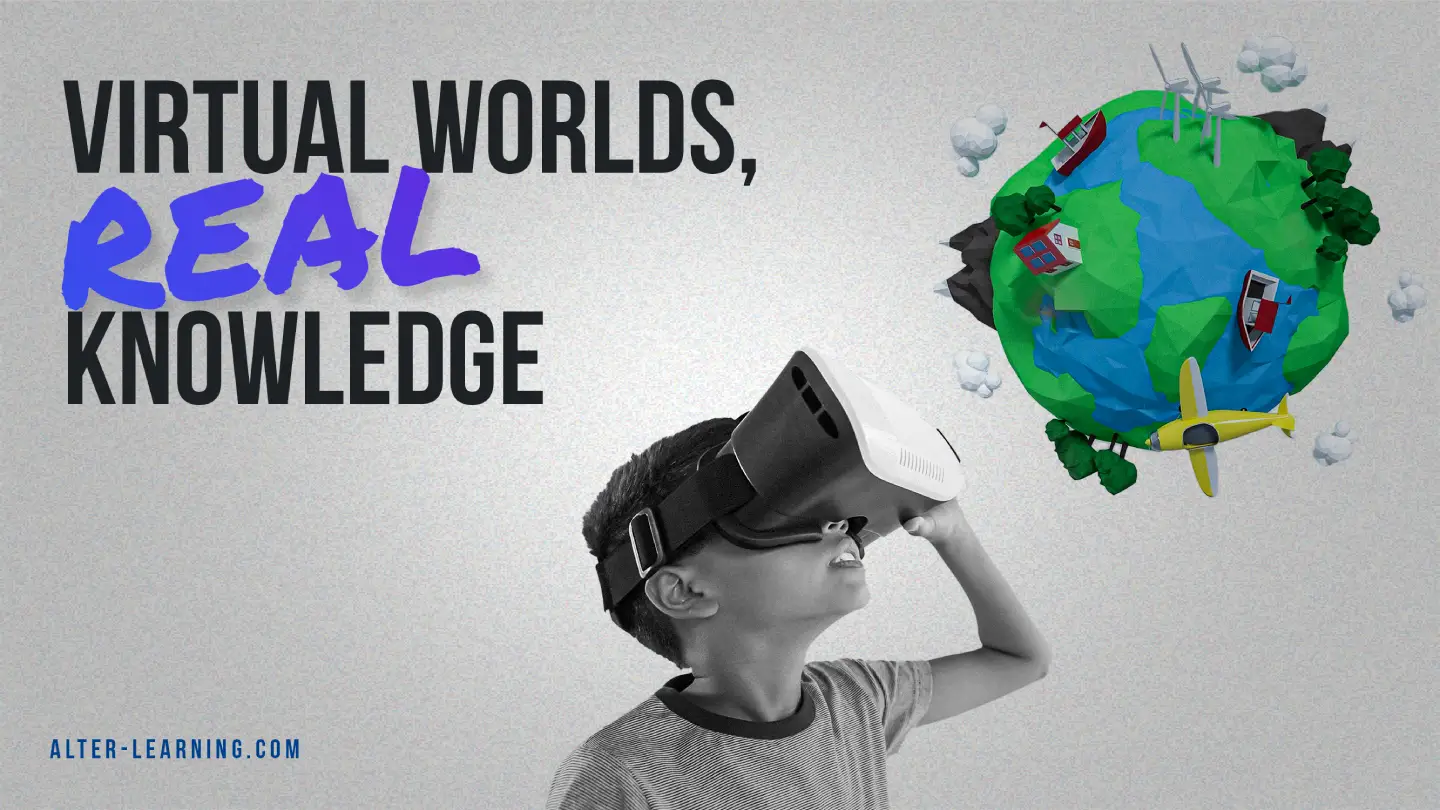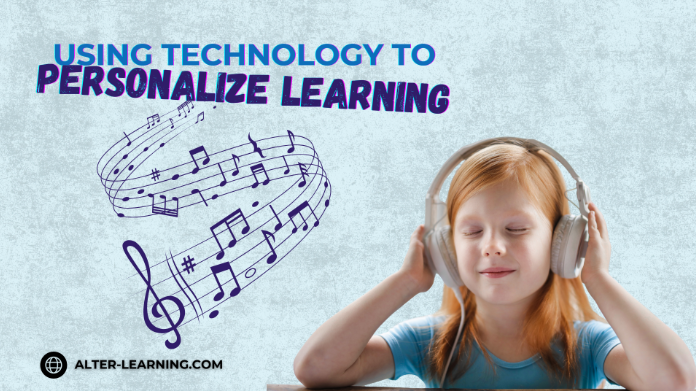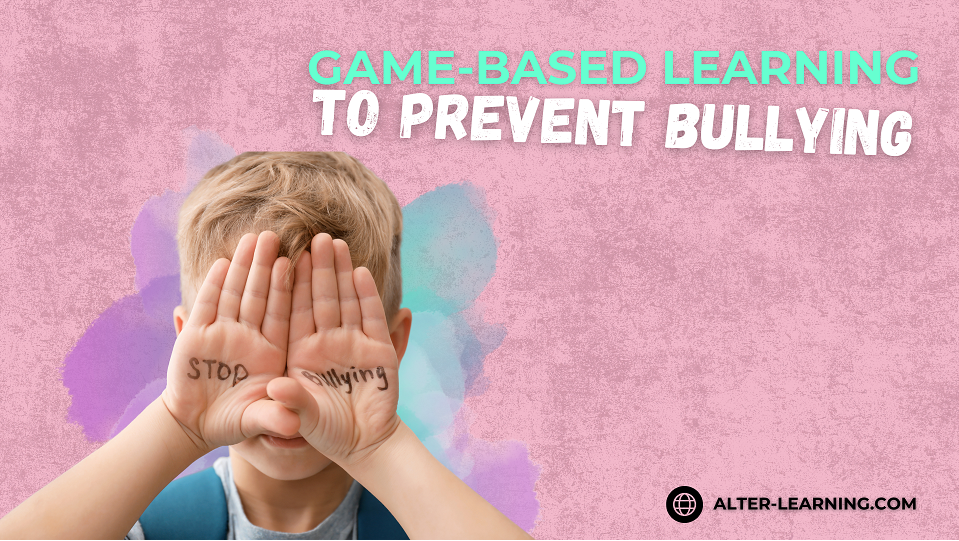The Rise of VR and AR in the Classroom
The educational technology landscape is evolving rapidly, and the rise of virtual reality (VR) and augmented reality (AR) is a testament to this. These emerging technologies have the potential to revolutionize how students learn globally. The once-fantastical concept of immersive learning is now a reality, offering a tantalizing glimpse into the future of education.
The Promise of Virtual Reality and Augmented Reality Technology
Virtual Reality (VR) and Augmented Reality (AR) Technologies offer exciting opportunities for students by immersing them in digitally created environments. VR transports users into entirely virtual worlds, while AR enhances the real world with digital overlays. These technologies enable students to explore, learn, and interact in dynamic and engaging ways, extending their educational experiences well Beyond the Traditional Textbook Learning in a classroom setting.
As parents, educators, and school administrators, embracing VR and AR can help create innovative learning experiences that captivate students and foster more profound understanding.
More interactive and participatory approaches are gradually replacing traditional teaching approaches. The integration of VR/AR, which provides students with an immersive learning environment, represents a significant advancement in this direction.
Improving Educational Outcomes
When VR/AR is used in the classroom, there are endless opportunities to enhance learning across a broad range of subject areas. These technologies bring courses to life in ways never seen before. Imagine not only studying but participating in ancient civilizations in history class or dissecting virtual organisms in biology.
- Engagement and Memory: Immersive features in VR/AR draw students in and help them concentrate on the learning at hand. Multisensory engagement aids in the retention and recall of the information acquired.
- Hands-On Exploration: Students can study hands-on concepts by interacting with three-dimensional models and simulations, which aids in their understanding of complex concepts.
Accessibility and Inclusivity
Thanks to VR/AR, all students can access learning. To ensure total inclusivity in the classroom, our virtual environments can be tailored to fit various learning styles and accessibility needs. These can include:
- Students who are homebound due to compromised immune systems
- Students who live in Rural Areas with Limited Access to the Internet
- Providing Neurodivergent Students with the support and accommodations they need to succeed alongside their neurotypical peers.
Many other barriers can be overcome with virtual and augmented reality.
VR/AR’s Unique Educational Benefits
The immersive nature of VR/AR technology creates exceptional learning opportunities.
- Students can grasp abstract concepts by using VR/AR to perceive and handle complex concepts in three-dimensional space. Imagine guiding a class around a 3D model of the solar system, letting them observe how the Earth’s seasons change as it revolves around the sun.
- Learners get the opportunity to apply theoretical knowledge in real-world circumstances, such as creating the perfect basketball shot by altering its standard algebraic equation.
- Teams of students can collaborate on projects in virtual settings, developing their communication and cooperation skills and preparing students for careers in fields ranging from engineering to the arts.
Practical Applications in the Classroom
VR/AR experiences can be easily customized to different educational levels.
- Young Learners: Engaging games and interactive stories make learning enjoyable and memorable for young children, fostering a love for exploration and discovery. CLASSVR caters to Pre-K students aged 4 – 7.
- Secondary Education: Advanced virtual field trips, like the ones at Virtual Field Trips, provide in-depth simulations to help older pupils gain a deeper comprehension of complex subjects like economics or physics.
The Future for Teachers
As with any technological advancement, educators play a crucial role in harnessing the educational benefits of VR and AR. With the proper training, teachers can guide students through immersive experiences, seamlessly integrating these tools into their lesson plans.
- Professional Development: To ensure that VR and AR are seamlessly integrated into the curriculum, ongoing training programs enable instructors to make the most of these technologies.
- Curriculum Design: Teachers can develop customized lesson plans that incorporate specific VR and AR activities. For instance, a history lesson could involve a virtual tour of ancient civilizations, or a science class could include a virtual dissection of organisms. These activities can be designed to align with standards and learning goals, enhancing the learning experience for students.
Overcoming Obstacles in Technology
The use of VR and AR in education presents significant promise, but it also comes with its share of challenges. Financial and technological limitations can hinder access to these transformative technologies. However, schools are committed to overcoming these obstacles to ensure all students can benefit from VR and AR.
- Cost: To make VR and AR more accessible, schools can pursue shared-device models, grant applications, and collaborations with tech companies.
- Technical Support: VR /AR device implementation and maintenance run smoothly when robust technical support mechanisms are in place.
Readying for a future Driven by Technology
Schools that use VR/AR in the classroom are giving their pupils vital skills for the future while simultaneously improving their current learning experiences. Students acquire the digital literacy, flexibility, and critical thinking skills necessary in today’s tech-infused society.
- Digital Literacy: Digital Literacy programs like Khan Academy Downloads help students prepare for the demands of the workforce by teaching them how to use cutting-edge technologies and navigate virtual settings.
- Critical Thinking: VR/AR fosters critical thinking and problem-solving abilities in students by replicating real-world difficulties and providing dynamic, virtual environments in which to work through problems.
Summary
Virtual reality (VR) and augmented reality (AR) technology are transforming education into a more inclusive, immersive, and engaging experience for our students. Rather than merely teaching about technology, educators are equipping students with the skills they need to thrive in a tech-driven world. As VR and AR become increasingly accessible and integrated into classrooms globally, they hold the potential to significantly change how future generations learn. The future of virtual learning is not just on the horizon—it’s already here.




